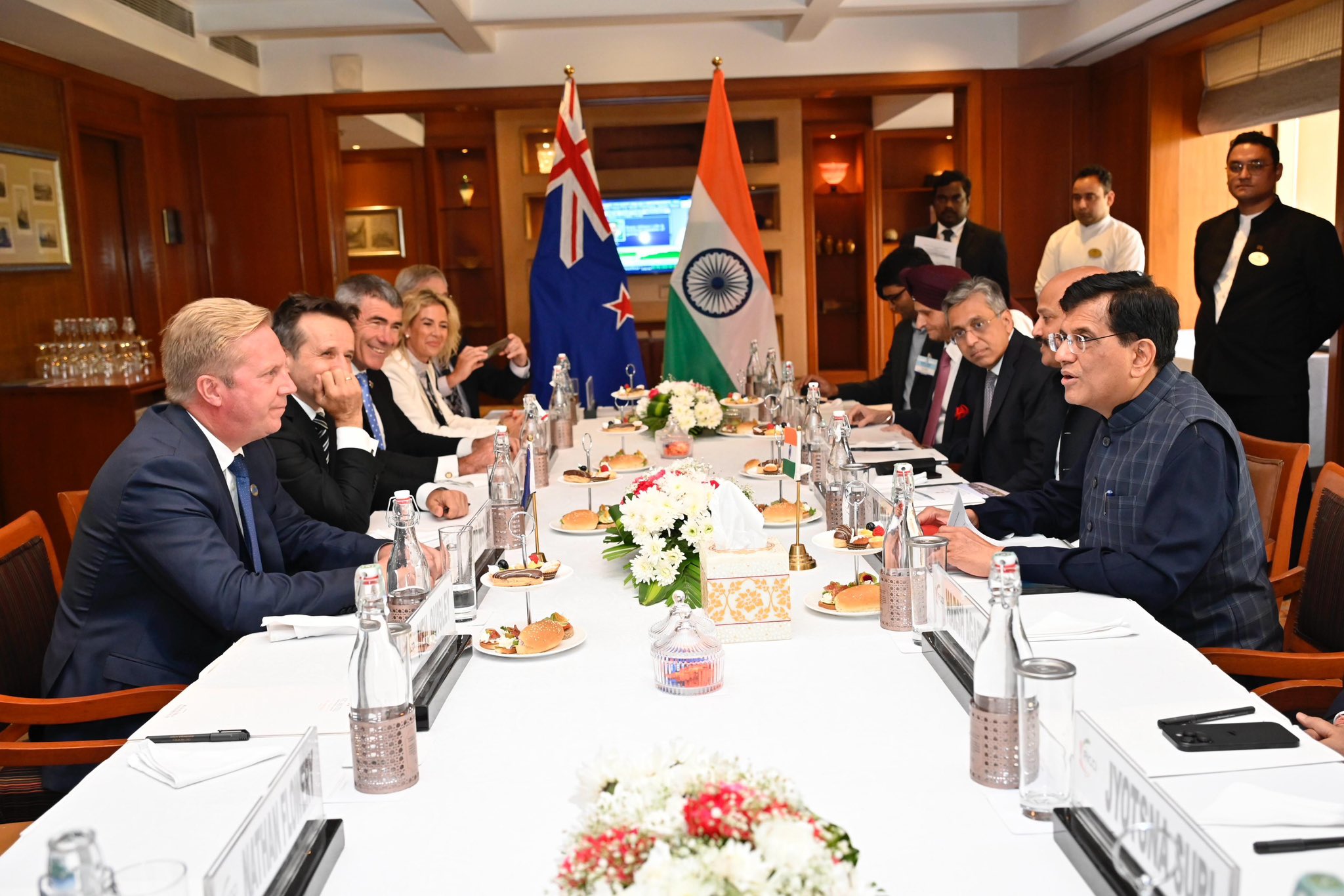India and NZ Begin Formal In-Person Talks for Landmark Free Trade Deal
Minister McClay emphasized the strategic value of deepening trade ties with India, one of the world's fastest-growing major economies.

- Country:
- New Zealand
The first in-person round of negotiations for a comprehensive Free Trade Agreement (FTA) between India and New Zealand is set to take place this week in India, marking a historic milestone in bilateral relations between the two countries. This significant development follows a period of elevated diplomatic and commercial engagement, and lays the groundwork for a potential agreement that could reshape trade dynamics in the Indo-Pacific region.
The move comes after sustained momentum built over the past year, including the high-profile visit to India by New Zealand Deputy Prime Minister Winston Peters and the formal launch of FTA negotiations by New Zealand's Minister for Trade and Investment, Todd McClay, alongside India’s Minister of Commerce and Industry, Piyush Goyal. Their joint announcement was made during the official trade mission led by Prime Minister Christopher Luxon to New Delhi in April, which brought together key business and government stakeholders.
A New Era in Bilateral Trade Relations
Minister McClay emphasized the strategic value of deepening trade ties with India, one of the world's fastest-growing major economies. “This is an important step in our trade relationship with India and signals the two Governments’ intent to deliver a high-quality outcome that benefits both countries,” he said in a public statement.
India’s robust economic growth—projected to expand to a GDP of USD $5.2 trillion by 2030—makes it an increasingly attractive partner for New Zealand exporters seeking new markets. With a population exceeding 1.4 billion, India offers immense potential in sectors such as agribusiness, education, technology, renewable energy, and tourism.
Doubling Trade and Diversifying Markets
The FTA negotiations align with New Zealand’s broader economic strategy aimed at doubling the value of exports over the next decade. Minister McClay noted that enhancing relationships with large and dynamic economies like India is a key part of this strategy. “Strengthening ties with India across the board is a key part of the Government’s broader plan to diversify and grow New Zealand’s export markets and double trade by value in 10 years,” he said.
New Zealand's primary exports—dairy, meat, wine, and horticultural products—could gain easier access to Indian markets under the FTA, while Indian services and manufactured goods could enter the New Zealand market more competitively. Areas of mutual interest also include educational partnerships, information technology, and clean energy collaboration.
Building on Shared Interests and Regional Priorities
The negotiations are expected to address trade in goods and services, investment protections, digital trade, and regulatory cooperation. While challenges such as tariff barriers and domestic sensitivities remain, both sides have expressed optimism about forging a mutually beneficial agreement.
The talks are also reflective of a broader geopolitical alignment, with both countries recognizing the importance of a free and open Indo-Pacific and the benefits of resilient and diversified supply chains.
As negotiations progress, businesses, trade experts, and industry groups on both sides will be watching closely, hopeful that a comprehensive deal will unlock new economic opportunities and strengthen the foundation of India–New Zealand relations for years to come.










